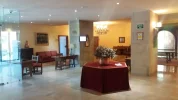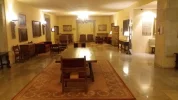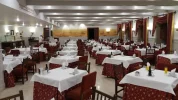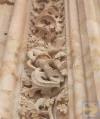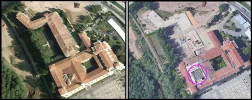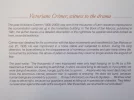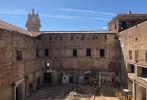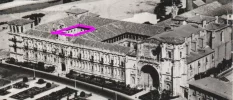The gist of this article is that some pictures have been released showing the renovations to the San Marcos parador. The article describes the public's reaction as scandalized. Look for yourself -- it is the post-industrial chic look. At least there are no exposed pipes, at least that I can see.

 www.ileon.com
www.ileon.com
The summary of the article gives the gist, so I'll translate that -- "Some photos of the new reception area of the Parador Nacional, which convert the jewel of Spanish Plateresque into a space of steel and concrete, provoke an enormous outrage among León's online community. The Historian of Art, Cesar Garcia Alvarez, stated that the renovations totally ignore "all of the aesthetic values of the of the building with an annihilation of its original aesthetic."
Call me an old fuddy duddy, but is this any way to treat a treasure from the Sixteenth Century? It's likewhat they did to the inside of the stunning Santo Estevo monastery (now parador) near Ourense.

Escándalo en las redes sociales de León ante la reforma del interior de San Marcos - ILEÓN.COM
Unas imágenes de la próxima recepción del nuevo Parador Nacional, que convierten la joya del plateresco español en un espacio de acero y hormigón, provocan una enorme indignación entre los internautas leoneses. El historiador del Arte César García Álvarez considera que desvirtúa "totalmente los...
 www.ileon.com
www.ileon.com
The summary of the article gives the gist, so I'll translate that -- "Some photos of the new reception area of the Parador Nacional, which convert the jewel of Spanish Plateresque into a space of steel and concrete, provoke an enormous outrage among León's online community. The Historian of Art, Cesar Garcia Alvarez, stated that the renovations totally ignore "all of the aesthetic values of the of the building with an annihilation of its original aesthetic."
Call me an old fuddy duddy, but is this any way to treat a treasure from the Sixteenth Century? It's likewhat they did to the inside of the stunning Santo Estevo monastery (now parador) near Ourense.






